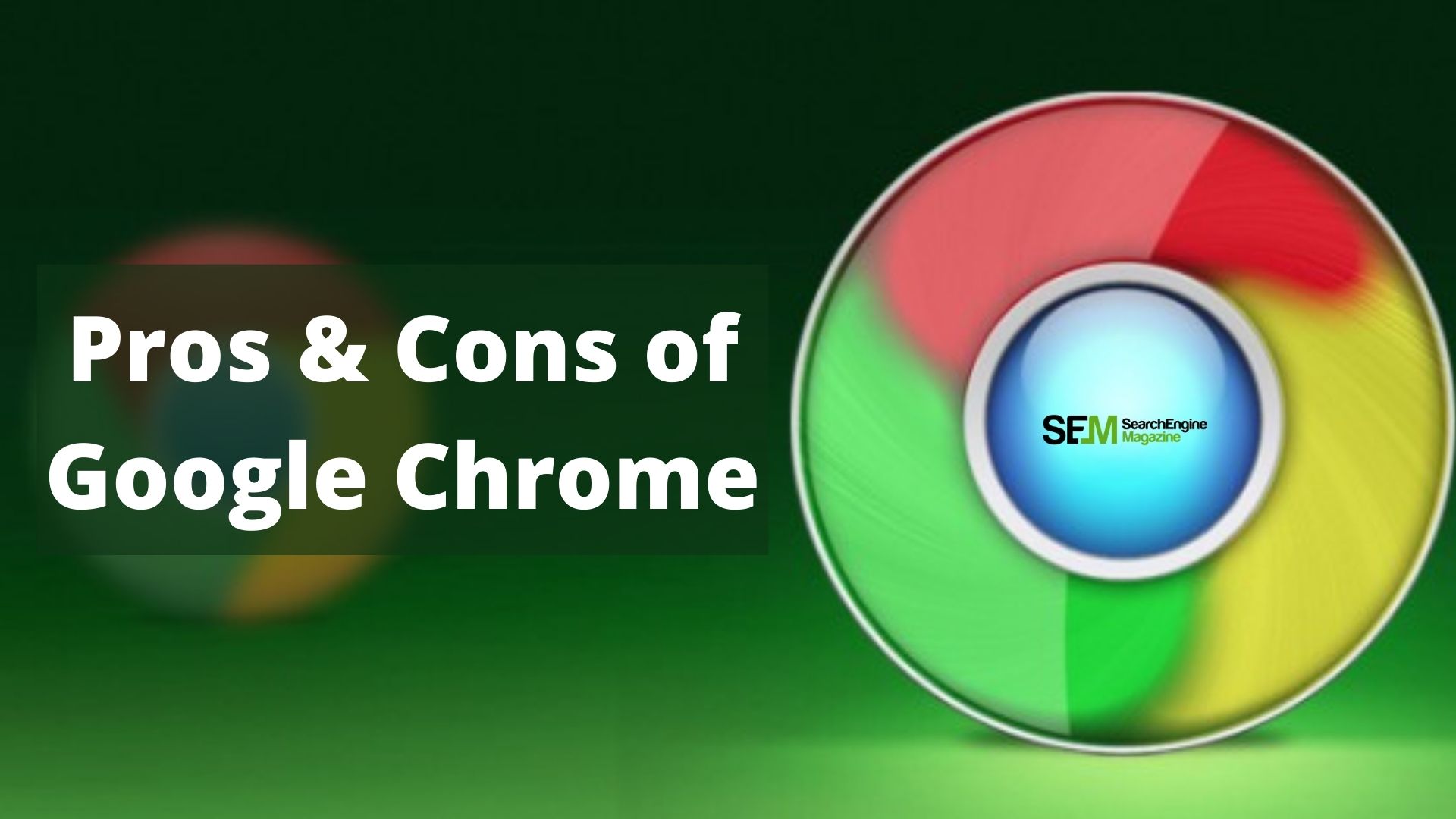How To Know If Someone Blocked You On iMessage? 5 Secret Hacks!
Apr 16, 2025

Apr 16, 2025

Apr 16, 2025

Apr 15, 2025

Apr 11, 2025

Apr 11, 2025

Apr 11, 2025

Apr 08, 2025

Mar 29, 2025
Sorry, but nothing matched your search "". Please try again with some different keywords.


SEO and content marketing are potent instruments to make the business stand out and gain market-leading positions.
And developing an efficient content strategy that will facilitate your content to appear within top search results poses a real challenge. Your content benefits you only subject to reaching the target audience, and this is where search intent should come into play.
If a content strategy is powerful, it considers user intent and the specific topic in a way to optimize the content for various search types and get the site ranking high in SERPs. So incorporating the relevant user search intent is decisive. It will help you grow traffic and conversions and, as a result, build up your brand awareness and profit.
In this post, we will figure out the essence of search intent and how to integrate it properly to content strategies. Read on to arm with the hottest tips.
This means the satisfaction of users’ motives in response to search inquiries. Simply put, you have to ensure people with the most appropriate info, resulting from what they are searching for.
The audience yearns for precise, concise, and relevant results that straightforwardly reply to their queries in search engines more than ever. So it denotes you must prioritize your site landing and content pages’ optimization to meet the intent of each web user query.

Understanding how users think while typing into the search bar is critical if you yearn for the content strategy to work out. And you can’t do it at the highest level without knowing the primary intent. That’s why it makes sense to familiarize yourself with the vital search intent types.
As the name implies, the audience longs to discover more about the topic. Target keywords pointing out the informational intents most are ‘what is’ or ‘how to.’ To produce content answering informational search intent, create multiple guest posts with the key phrases above and utilize them in title tags. If keeping this as a central focus, the site will certainly reach a high ranking.
It signifies people have made up their minds regarding products/services they want and just seeking the most suitable place or the available option to purchase. Keywords ‘buy’ or ‘purchase’ is the best transactional search intent query indicators.
Landing pages should implement particular words and CTAs reflecting urgency to transform transactional inquiries into sales. As practice shows, key phrases like ‘purchase now,’ ‘get a discount today,’ ‘limited edition,’ and ‘free shipping’ showcase incredible efficiency.
When a user aims to find a specific site or geographical location, we undoubtedly come across a navigational intent. With this type, a searcher tries to go swiftly from point A to B and frequently types the site’s name instead of typing the full URL.
So if you run the site based on a navigational query, the perfect tactic would be to ensure you pop up organically within the first search results and as a paid ad. Thus increasing clicks and outranking competitors on top-paid spots will be in the pocket.
This intent type encompasses users interested in purchasing something in the near future but wanting to explore everything in-depth first. Such an investigation will assist the audience in comparing different product rates or approaching the best available market option for their purpose. A commercial investigation intent may effortlessly convert into a transactional one, providing compelling content and towering search results.

Search intent optimization for high-performing content strategy calls for a lot of effort, where the first step is determining the target audience. If going wrong at this stage, the following practices will be of no effect. So let’s overview what measures to take for successful content and SEO search intent interaction.
The efficacy of keywording depends on the intent type and varies from person to person. So your primary task is to identify what precisely your readers are seeking and match it with the related intent kind. Profound audience research and surveys will promote finding the best-fitting keywords considering your content purpose and search intent query.
Why does the intent type play such a significant role? In fact, the answer is pretty simple. Various search types equal different things, and you should reckon with the prospects’ preferences to conduct intent optimization correctly.
For example, if navigational intent people pose your ultimate goal, incorporating keywording the audiences apply with this intent is requisite. Rest assured, reasonable and well-thought-out keyword usage according to search intents may impressively raise the site’s traffic, conversions, and, in turn, yields.
The truth is that Google’s rankings are not stable. You can observe fluctuations and changes over time. So taking it as a static metric is not a good idea. Since you rely on the current high-ranking pages to infer search intent, you actually judge it only via a single timeline snapshot.
Thus, the vision of the real picture is missing. For example, the intent might be entirely distinct by analyzing the same top-rank pages in a few months. Therefore, it is also worth checking the ranking history of your target key phrases. Such keyword user intent analysis will give valuable insights concerning ranking over time:
Now that you are sure your selected keywording is a perfect match, it is time to analyze the search results from the perspective 3 C’s of search intent. So what does it embrace? Content type, content format, and content angle.
Let’s check each component in detail.
It covers the overall direction of the produced content. So blog posts, landing pages, or product/category pages popping up in the search results are about the content type. The primary task here is learning the dominant content type and ensuring your one coincides with that in full.
Genuinely speaking, content type impacts blogs most since everything turns around top-quality posts filling. And keeping up with the latest content creation tactics should come first. Discover more topic-referred insights by clicking here.
This point relates to the way top-rank pages pitch the content. Wide-spread formats are basically step-by-step tutorials, list posts, how-to guides, comparison articles, reviews, and opinion pieces. By exploring these formats, you should get an idea of what to pay attention to. Unlike the content type, it makes sense to go after the crowd. If numerous top pages present list posts, adjust your content to such a format.
The content angle refers to the unique encouraging-selling approach of the high-ranking pages via content pieces. In other words, this showcases what users value while doing particular searches. As with the content format, following the crowd is an efficient tactic.
Of course, avoiding copying competitors and coming up with something exceptional is better. Still, if you see all they indicate quality across title tags and meta descriptors, but you tend to type prices, it may not profit you in the long run.
When you already have a clear vision of search intents, look after the content production performing at the highest level. Attracting visitors is only half the battle. You should interest and retain them with the content itself to further likely immense involvement and sales. Thus, be sure to implement the following things to make it happen:
All these tips will work out for any content type, but if you run the blog, we recommend taking advantage of specific apps. They will both enhance content-generating workflow and save you time. Visit geekyflow.com to dive into the red-hot blogging tools.
Read Also:
Arnab is a professional blogger, having an enormous interest in writing blogs and other jones of calligraphies. In terms of his professional commitments, He carries out sharing sentient blogs.
View all Posts
How To Know If Someone Blocked You On iMessag...
Apr 16, 2025
7 Website Design Mistakes That Are Hurting Yo...
Apr 16, 2025
Programmable Dynamic SEO for Location-Based P...
Apr 15, 2025
Google Boba Game: How To Play This Fun Game B...
Apr 11, 2025
Which Is The Best Video Search Engine Of 2025...
Apr 11, 2025

